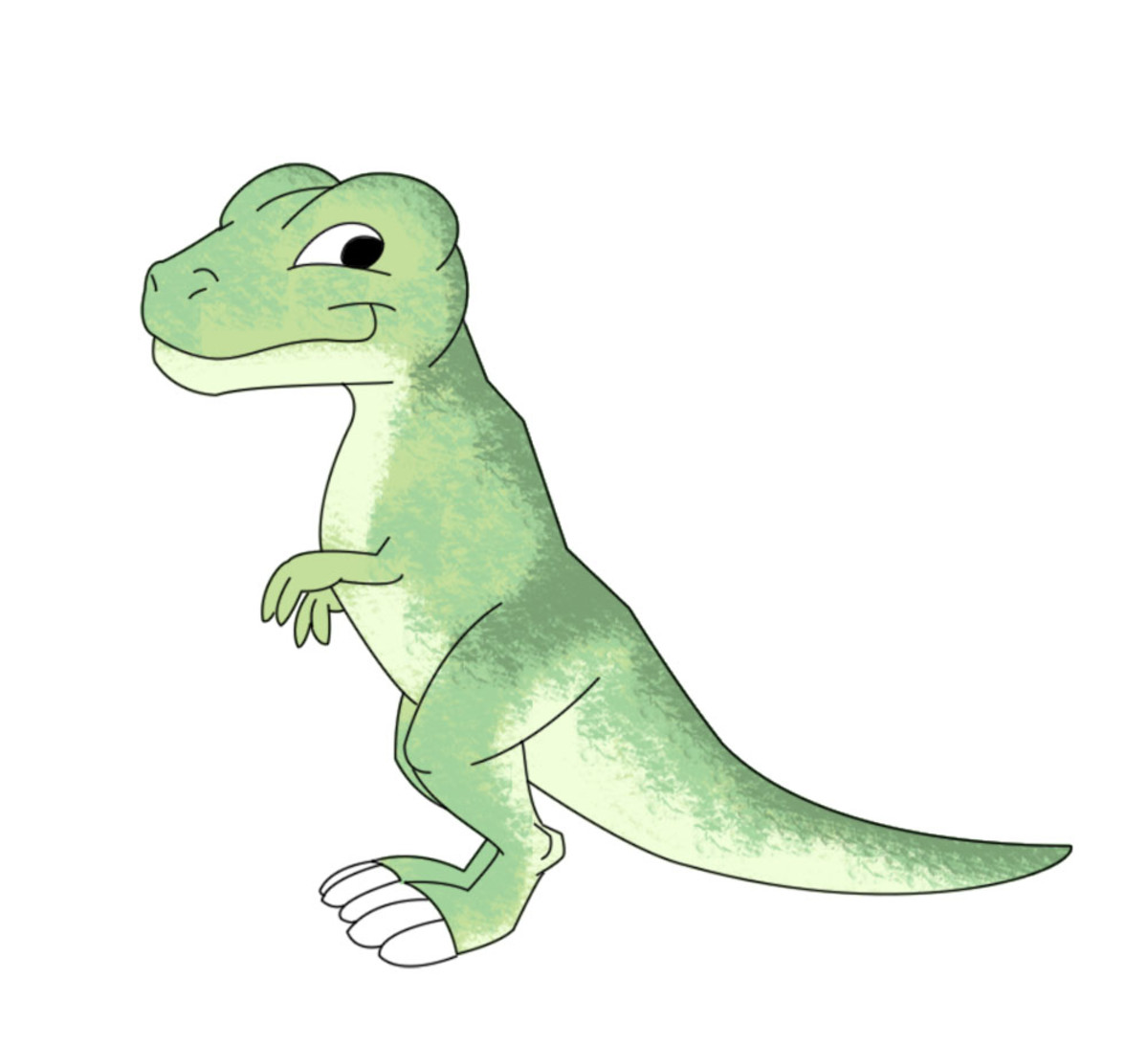


Others, while implementing a wide range of features and offering high-performance tracking, are costly and thus limited in access ( Noldus et al., 2001). ToxTrac ( Rodriguez et al., 2018), a software comparable to xyTracker in it’s set of features, is limited to 20 individuals and relatively low frame-rates (≤25fps).

Existing fast algorithms are often severely limited with respect to the number of individuals that can be tracked simultaneously for example, xyTracker ( Rasch et al., 2016) allows for real-time tracking at 40 Hz while accurately maintaining identities, and thus is suitable for closed-loop experimentation (experiments where stimulus presentation can depend on the real-time behaviors of the individuals, for example Bath et al., 2014, Brembs and Heisenberg, 2000, Bianco and Engert, 2015), but has a limit of being able to track only five individuals simultaneously. Furthermore, many existing tools only have a specialized set of features, struggle with very long or high-resolution (≥4 K) videos, or simply take too long to yield results.

Relatively few have been tested with a range of organisms and scenarios ( Pérez-Escudero et al., 2014, Sridhar et al., 2019, Rodriguez et al., 2018). protists, Pennekamp et al., 2015 fly larvae and worms, Risse et al., 2017). Many tracking algorithms have been proposed in recent years ( Ohayon et al., 2013, Fukunaga et al., 2015, Burgos-Artizzu et al., 2012, Rasch et al., 2016), often limited to/only tested with a particular organism ( Hewitt et al., 2018, Branson et al., 2009) or type of organism (e.g. Tracking multiple moving animals (and multiple objects, generally) is important in various fields of research such as behavioral studies, ecophysiology, biomechanics, and neuroscience ( Dell et al., 2014). Additionally, TRex offers highly accurate, deep-learning-based visual identification of up to approximately 100 unmarked individuals, where it is between 2.5 and 46.7 times faster, and requires 2–10 times less memory, than comparable software (with relative performance increasing for more organisms/longer videos) and provides interactive data-exploration within an intuitive, platform-independent graphical user-interface. Here, we present TRex, a fast and easy-to-use solution for tracking a large number of individuals simultaneously using background-subtraction with real-time (60 Hz) tracking performance for up to approximately 256 individuals and estimates 2D visual-fields, outlines, and head/rear of bilateral animals, both in open and closed-loop contexts. Despite this, existing solutions tend to be challenging to deploy in practice, especially when considering long and/or high-resolution video-streams. It offers a quantitative methodology by which organisms’ sensing and decision-making can be studied in a wide range of ecological contexts. Automated visual tracking of animals is rapidly becoming an indispensable tool for the study of behavior.


 0 kommentar(er)
0 kommentar(er)
